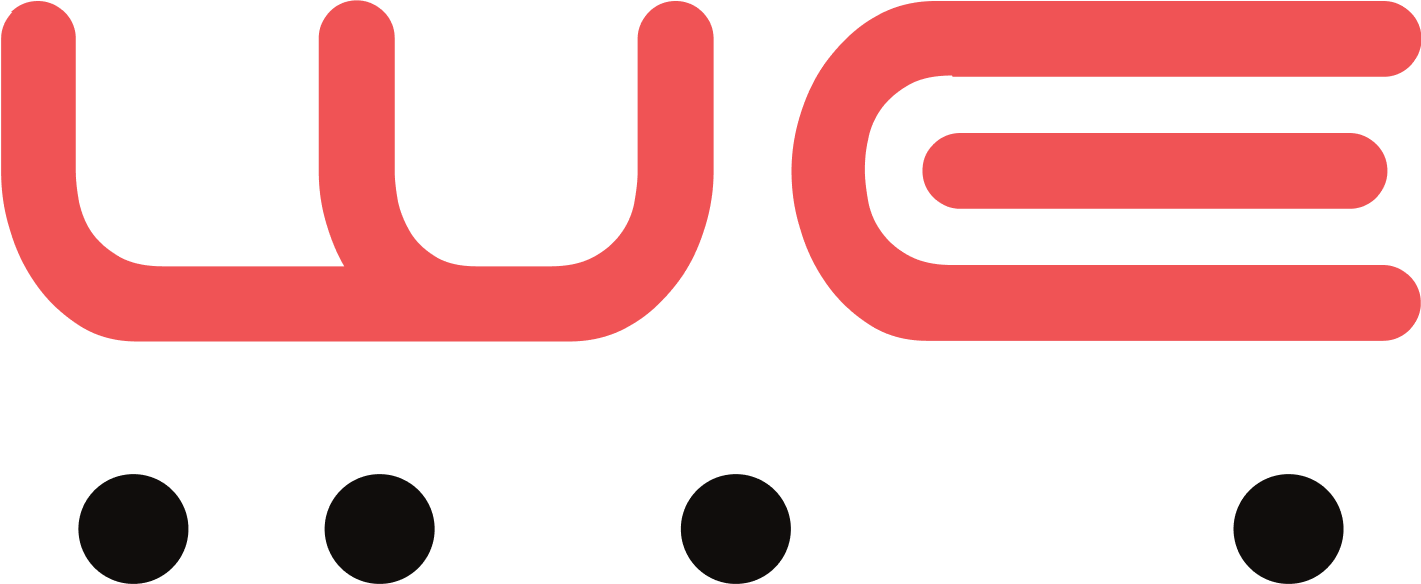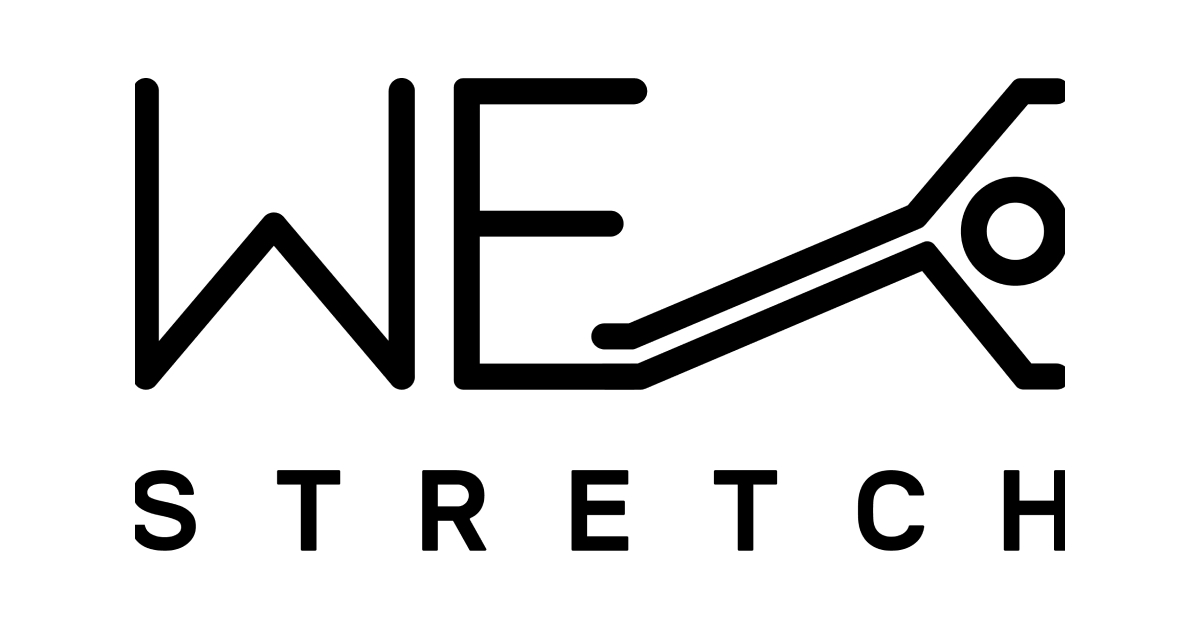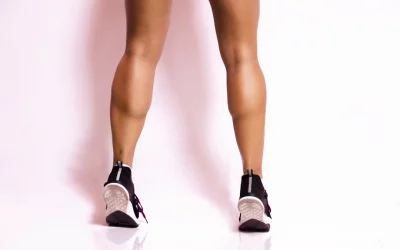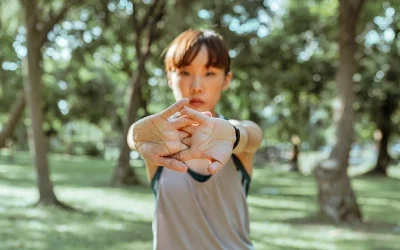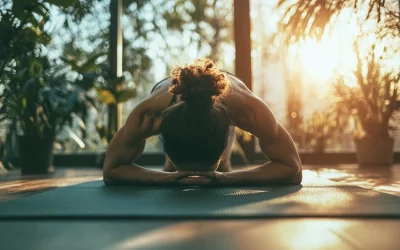The WeStretch app uses over 6,500 stretches to move every joint in every direction. Read through this ultimate guide to stretching to see what WeStretch is about and how you can benefit from stretching.
Benefits of stretching
Pain management
Whether your back is sore from sitting all day or your hip flexors are tight, stretching is the best way to relieve pain. Additionally, stretching regularly is one of the best ways to prevent injury-both from daily life and sports.
Increased flexibility and gaining a full range of motion
Gaining flexibility is great. The ability to pick something off the floor or to twist in your chair with ease is important. Stretching does more than give you the ability to touch your toes, though. You’ll be able to turn your neck with ease and be able to lift your legs up higher. You will be able to move freely like your younger self.
Improved sleep quality
One of the best ways to improve your quality of sleep is to get regular exercise. Stretching has the benefit of allowing your muscles to relax, which will help you fall asleep faster and to improve your sleep hygiene.
Mood booster
Much like with other types of exercise, stretching is known to improve your mood and boost mental health. This is because your body releases feel-good endorphins, as well as reducing any spots of tension that are causing you pain and discomfort. Stretching and exercise are great ways to regulate anxiety and depression and are often recommended by doctors for this reason.
Improved circulation
Stretching encourages blood flow throughout your body, especially to neglected areas. This removes waste products and brings fresh oxygen and nutrients. You will feel refreshed and revitalized after a good stretching session.
What does a WeStretch routine look like?
WeStretch is the ultimate stretching guide, moving every joint in every direction
WeStretch focuses on nine major joint groupings. While the human body has an estimated 250-350 joints, a joint is merely the spot where two bones connect, regardless if they are moveable or not. (For example, the bones of the skull have fixed joints that do not move.)
WeStretch focuses on:
- Neck
- Shoulders
- Back
- Chest
- Elbows
- Wrists
- Hips
- Knees
- Ankles
With WeStretch, you have the option to either focus on a specific joint (pain relief routines) or to remove a body part from your routine (joint filtering). This gives you a chance to soothe your sore shoulder before seeing a physical therapist so that you can continue stretching despite your broken arm.
As for moving every joint in every direction, early in the design of WeStretch, we sat down with a registered physiotherapist who worked with us to ensure that every stretch is safe to do and every muscle is accounted for.
For example, examine your wrists:
Hold them out in front of you, palms down. Turn your fingers in to face each other, and now turn to face them out. Flex your palms up, Iron-man style, and now bend your wrists so that your fingers are facing down. Make circles with your wrists to feel all your muscles working together.
Now, do all of that again but with your palm facing up. That’s just the beginning of how your body can move!
The basic stretching poses
There are 16 basic poses that help you stretch and several are great stretches on their own.
With over 5,500 different stretches, WeStretch is definitely the ultimate stretching guide. The examples below are a variety of skill levels and demonstrate the variety of joints that you can work on with a specific pose. (This is only a sampling of stretches offered by WeStretch.)
All of Ada’s examples below are mirrored and you can simply copy what she does.
Standing
This is the most simplistic pose- simply standing tall in place.
- Hollow chest, tilt left, rotate right.
- Look at your belly, and roll your chin to the left.
- Point your right toe, rotate your ankle in, and rotate your pinkie toe to the floor.
Arms up
Simply stand with your arms raised above your head.
- Lift your left leg out to the side and back.
- Turn your palms in, and tilt your thumbs to your body.
- Bend forward, keeping your arms and back straight.
T-Pose
Stand up straight with your arms out to the side, making a letter “t”.
- Circle your wrists.
- Look up.
- Point your left toe forward.
Straddle T Pose
Stand with your legs spread apart and your arms held out to the side.
- Bend your right knee, keeping your left leg straight.
- Shift your hips from side to side.
- Flex your fingers up.
Arms Behind Your Back
Stand, folding your arms behind your back.
- Tilt right.
- Bend your left knee and pull your foot to your bum.
- Pull right your right wrist.
Right Lunge
Step your right foot forward and bend both knees. This and the left lunge are great for stretching your hip flexors as well as building core strength.
- Twist left.
- Left knee to the floor, push your hips forward, and pull your left foot to your bum.
- Circle your arms backward.
Left Lunge
Step left foot forward and bend both knees towards the floor.
- Reach your arms forward and cross them in front of your body.
- Reach your arms forward, past your toes.
- Sink deeper into the lunge.
Touch Your Toes
Bend from your hips to reach as far down as you can to the floor.
- Point your right toe.
- Lift your left leg straight behind your body.
- Drop into a deep squat.
Plank
Place your hands directly underneath your shoulders, keeping your arms strong, and extend your legs straight out behind you.
- Bring your right foot beside your right hand, and drop to your right elbow, keeping your left arm and leg straight.
- Lift your left leg up and away from your body, rotating your foot out to the left.
- Bring your left palm to your shoulder.
Table
Place your hands directly underneath your shoulders and your knees on the floor beneath your hips.
- The quintessential cat and cow pose, where you arch your back to the ceiling and tuck your chin in, and then the reverse, where you push your chest to the floor and look up.
- Let your ankles fall outward.
- Lift your right knee to your left elbow, bringing your foot towards your right elbow.
Knee Sit
Bend your knees, and sit back on them, sitting up straight.
- Arch back, bringing your hands to rest on your ankles and dropping your head back.
- Extend your right leg out straight in front of you, sitting back on your left leg, as you reach forward to touch your toes.
- Bend your wrists downward and lean left.
Diamond Sit
Sit, bringing the bottoms of your feet together. Draw your feet in towards your body for a deeper stretch.
- Lean over and press on your knees with your elbows.
- Sit up straight and rotate your wrists in, so that your fingers point towards you.
- Smell your left armpit.
Straddle Sit
Sit up straight and spread your legs apart. For a greater stretch, widen the distance between your legs.
- Bend your legs, drawing your right foot to your left hip. Bring your left leg over the top of your right and bring your left foot towards your right hip.
- Circle your arms forwards.
- Lean over your right leg to touch your toes.
L Sit
Sit with your legs extended together straight out in front of you.
- Cross your left leg over your right and twist to face left.
- Bend forward to touch your toes.
- Look up. Tilt your right ear to your shoulder and roll your chin to the right.
Cobra
Lay on your stomach. Using your arms directly underneath your shoulders, gently push up to arch your back.
- Rotate to look over your left shoulder.
- Curl your toes under and rotate your ankles out.
Deadman
Lie flat on your back, arms at the side.
- Keeping your back flat, bring your knees up to your chest.
- Raise your arms up together above your head.
- Keep your right leg straight, and pull it towards your chest with your hands.
How does WeStretch help with sports?
Stretching is great to improve all sports. Done properly, it can help you to warm up, perform better, and prevent injury. Stretching after you exercise is a great way to help your body cool down and improve circulation which can reduce delayed onset muscle soreness.
Even using stretching as additional training can increase your range of motion and strengthen specific muscle groups you need to function well. Stretching also improves balance and helps you to identify any areas of concern.
Learning what the most common injuries are in each sport and identifying which muscle groups are used in each activity, WeStretch is the ultimate guide for stretching effectively for each sport.
There are 4 main types of sport stretching: warm-up, cool-down, sports improvement, and splits-improvement (nestled under dance improvement).
Warm-up
Warm-ups are a great option to get your blood pumping before a workout. Each stretch is only held once briefly, which encourages activation without relaxing the muscle too much. (You want some tension in your muscles when you’re playing- that’s how you jump, dive, roll, and move!)
Cool-down
Cool-down routines are great after a performance. They work you through a series of stretches to allow you to release tension from your muscles. Each stretch is only done once but is held for 7-10 seconds to allow the muscle to relax.
Sport Improvement
Sport-improvement routines are great cross-training for several sports. You start off by doing each stretch for a brief hold to activate the muscles, then you repeat each stretch a few times for 7-30 seconds, depending on your stretching history. This will gain you the most muscle flexibility and mobility. These routines are a great chance to slow down and focus on your breathing.
Splits
Split improvement routines are similar to sport improvement, save that they focus on the muscle groups that will allow you to deepen your splits.
If you would like to see which sports that WeStretch offers, check out our post “Stretching for Sports.”
Additional stretching routine options
If you’re looking for a different type of stretching session, WeStretch has got you covered! (After all, we are the ultimate guide to stretching! 😉)
Aerobic
These routines are perfect if you are looking to incorporate more movement into your stretching. Ada will have you regularly changing positions, amidst the variety of poses. There are four different levels of intensity, so you can select the one that best suits you!
Strengthening
While these routines are similar to aerobic exercises in that you’ll be regularly shifting positions, these routines emphasize stretches that will help you build functional strength. Functional strength is what enables you to do daily activities with ease, such as carrying in the groceries or bending down to pick things up off the floor.
If you want a great workout at home, try combining 10 minutes of an aerobic exercise routine with 10 minutes of a strengthening routine! (Bonus if you want to add an extra 10 minutes of a pain relief routine, too!)
Pregnancy
Being pregnant can put a damper on a lot of physical activity, but WeStretch has two types of routines designed to keep you moving and feeling limber throughout your pregnancy. One routine is designed for the first & second trimesters, and the other is geared toward the third trimester. These routines focus on pregnancy-safe stretches and they reduce the number of times you go to the floor to make it easier on your body.
Desk Jockey
Whether you’re sitting all day from working hard on a computer or binging Netflix at home, these are the stretches for you! The “Break Time” routine uses stretches to counteract the effects of sitting all day and to get you moving, so you feel revitalized to go back to work.
The “Posture Improvement” routine is like the sport improvement routines. It focuses on stretches to encourage good posture while sitting and to prevent future sitting-related injuries.
Manual Labour
If you work in the trades or are about to do an afternoon of yard work, get some stretching in to prepare for your day. WeStretch offers a “Quick-Paced Warm Up” to get your joints activated and to move through their complete range of motion, which will prevent injury. There is also a “Mobility and Joint Health” routine, which will help you maintain your physical health for years to come.
Are you still wondering if stretching is for you?
Regardless of age, gender, or physical ability, everyone can benefit from regular stretching.
Maria is a world-class Irish dancer and yoga instructor who WeStretch to hold herself accountable to consistently stretch.
Chris is a work-from-home technology lover who stretches to improve mobility and reduce pain caused by cerebral palsy.
Liette is a 70-year-old grandma who is embarking on her exercise journey. She finds that walking the dog and doing her stretches helps her to feel her best. Recently, she had to undergo hip surgery, and she’s currently using WeStretch’s customization options to keep her stretching as she recovers.
Kim is a busy mother of four, working two jobs to support her family. While traditional exercise classes can be hard to fit into her schedule, and often push her beyond her limits in a painful way, stretching has become the way she fits safe exercise into her day.
What’s your stretching story?
Any links included are for reference, additional information, or entertainment value only, without monetary compensation. Contact us on social media or at [email protected].
This ultimate guide to stretching is not intended to act as or replace medical advice. Please talk to your healthcare practitioner if you have any concerns.
